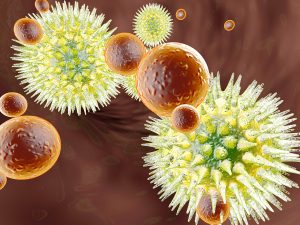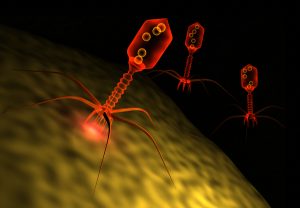A new study showed that fat deposits mean higher Covid-19 risk. This study was reviewed here.
The article is based on the June 10, 2020 publication of the British Medical Journal.
They did large population studies showing that obesity is an independent risk factor for severe disease and death from Covid-19. One study with 428,225 participants had 340 admitted to hospital with confirmed Covid-19 coronavirus. 44% of them were overweight and 34% were obese. Another study, the OpenSAFELY study used linked electronic health records. 17,425, 445 participants were included and 5,683 Covid-19 deaths occurred. In this study there were 29% overweight and 33% obese persons. The researchers noted a dose-response relationship between excess weight and severity of Covid-19. The researchers removed confounding factors like age, sex, ethnicity, and social deprivation.
Critical illness and death rates in overweight and obese people
They realized that critical illness caused by Covid-19 was increased compared to normal-weight people as follows.
- Covid-19 risk 44% higher in overweight people
- Covid-19 risk 97% higher in people with obesity
This means that the risk for serious illness from Covid-19 was 1.44-fold for overweight persons and 1.97-fold for obese persons compared to normal-weight controls. The OpenSAFELY study also looked at the death rates from Covid-19 for people with obesity. Two obesity categories were investigated: obesity with a BMI of 30-34.9 and BMI of greater than 40 compared to normal-weight controls. Here are the death rates.
- BMI of 30-34.9: 1.27-fold increased risk
- BMI of greater than 40: 2.27-fold risk
Possible mechanisms explaining fat deposits mean higher Covid-19 risk
The researchers mentioned three possible mechanisms why overweight and obese people may have higher Covid-19 disease and death rates than normal-weight controls.
First, angiotensin converting enzyme-2 is found with higher frequency in fat cells of overweight and obese persons. Researchers are aware of the fact that the Covid-19 coronavirus uses this enzyme to enter body cells. It may also be the reason that fat cells become reservoirs that can shed virus for much longer than in normal-weight people with less fat cells. They pointed out that others have seen this also and found it with other viruses. In the case of influenza A, obesity prolonged viral shedding by 42% compared to normal-weight controls. And with H1N1 influenza obesity was an independent risk factor for hospitalization and death.
Weaker immune system, more lung resistance
Secondly, any virus can weaken the host’s defence of the immune system. Researchers showed this previously with the influenza virus. But now with Covid-19 coronavirus the cytokine storm due to a weak immune system is a major factor in making the viral infection worse. A lack of vitamin D is another factor in promoting the cytokine storm.
Third, obesity decreases lung function and it is difficult to improve this. There is greater lung resistance in the airways and it is difficult to expand the lungs in obese patients. When the doctor transfers patients with obesity to the intensive care unit, it is more difficult to increase their oxygen saturation with artificial ventilation.
Unhealthy environment, so fat deposits mean higher Covid-19 risk
The researchers point out that we live in a very unhealthy environment. In 2016 there were 1.9 billion people worldwide who were overweight or obese. These figures are rapidly rising. Presently about 65% to 70% are overweight or obese in the UK or the US. Obesity causes high blood pressure, heart disease, strokes, type 2 diabetes and cancer. We are all surrounded by processed food with extra salt, sugar, wheat and other unhealthy ingredients. The high mortality and deaths rates of Covid-19 in overweight and obese people point to the problem that society has.
Reduce salt, sugar and saturated fats in food
The culprits are salt, sugar and saturated fats. Merchants and food producers must reduce them in processed food. In the UK new government regulations have already resulted in lower salt content in foods. As a result, there is less high blood pressure and cardiovascular disease is in decline. All nations need to reduce salt, sugar, and saturated fat. When the weight comes down, we all are less prone to catching dangerous viruses.
Conclusion
The pandemic has taught us a new lesson, namely that overweight and obese people are at higher risk of contracting Covid-19 coronavirus. In a research paper of the British Medical Journal concrete figures showed that the Covid-19 risk is 44% higher in overweight people and that it is 97% higher in people with obesity. The OpenSAFELY study also showed that obese people with a BMI of 30-34.9 have a 1.27-fold increased risk of catching Covid-19. But morbidly obese people with a BMI of greater than 40 have a 2.27-fold risk of catching Covid-19. There is a clear linear dose-response curve between the amount of fat a person accumulates and the risk for Covid-19.
Cut out junk food and decrease your risk for Covid-19
Covid-19 is directly related to the amount of junk food we eat. As a result we can say that eating junk food increases the Covid-19 risk. The opposite is true also: sensible eating and cutting out junk food makes you lose some pounds, and your risk for Covid-19 decreases.














